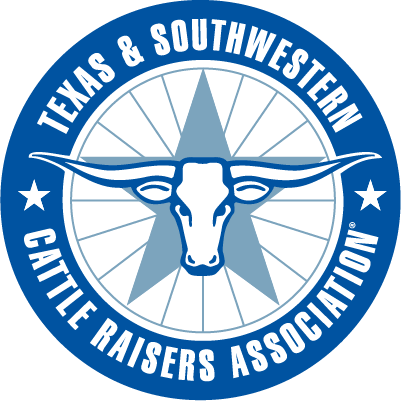Source: Oklahoma State University Division of Agricultural Sciences and Natural Resources
Most fawns in Oklahoma are about a month old at this point. Typically born in late May or early June, the first few weeks of their lives are fairly secretive.
Fawns are often hidden in dense cover to avoid predation, but by now, they are getting a little more daring and beginning to travel with the doe.
“For the past few weeks you may have noticed small, cloven tracks in soft soil indicating white-tailed deer fawns are on the ground,” said Dwayne Elmore, Oklahoma State University Cooperative Extension wildlife specialist. “Look for them at this time near dense cover in early morning or late afternoon.”
June is a taxing time for lactating does, as they must not only meet their own nutritional needs but also those of one, two and occasionally, three fawns.
Fortunately, early summer is a time of abundance.
“Most plants are actively growing and are palatable due to high protein levels and low lignin, chemical defenses and silicate levels,” he said. “At this time of year, white-tailed deer are relying heavily on forbs, which are broad-leaved herbaceous plants.”
Assuming the doe is able to find sufficient food resources, fawns will grow rapidly. With that in mind, landowners should carefully consider their herbicide and mowing plans as it could be removing not only critical cover, but also food for white-tailed deer and other wildlife, such as eastern cottontail and northern bobwhite.
“Occasionally, you may stumble upon a hidden solitary fawn. If so, resist the urge to rescue it, and leave it alone,” Elmore said. “The doe is nearby and is patiently waiting for you to move along so she can nurse the fawn.”
Once the fawn is about 10 weeks old, it will be weaned and will forage with the doe for the remainder of the summer and into the fall. The recent rains across the state have dramatically improved forage quantity and should help with fawn survival this season, ensuring a new crop of white-tailed deer on the hoof.
PO BOX 101988
FORT WORTH, TX 76185
1-800-242-7820
© 2023 Texas & Southwestern Cattle Raisers Association; All Rights Reserved.
